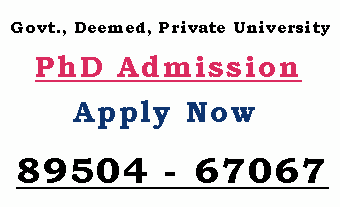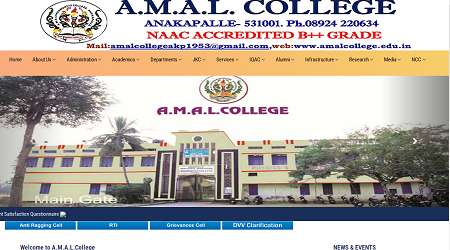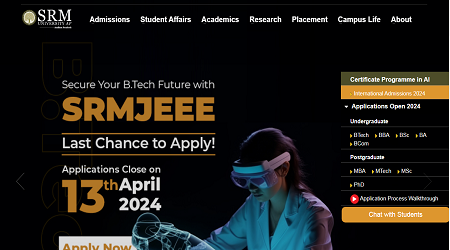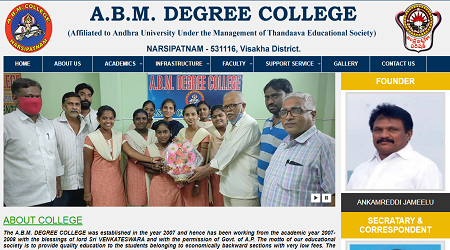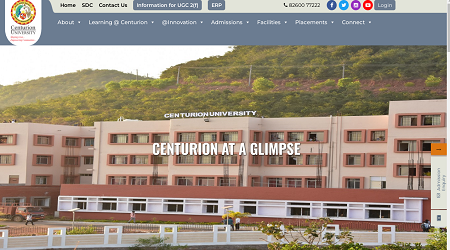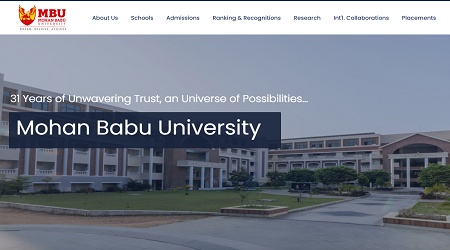What is Literature Review in Research?
literature review in research example, what is literature review pdf, types of literature review, literature review in research proposal, literature review sample pdf, content of literature review, what is literature review in research paper what is review of related literature in research what is a research question in literature review what is literature review in quantitative research what is literature review in scientific research what is preliminary literature review in research proposalIs it possible to conduct research on research? If you find this concept strange, keep in mind that keeping up with the massive volume of knowledge produced every day all around the world is becoming increasingly challenging. There’s also the issue of its genesis, in addition to the enormous volume of study. Countries like China, Brazil, Turkey, and the United Arab Emirates, for example, are gaining economic and intellectual clout by generating scholarly literature in their own languages. So, in addition to the effort of acquiring information, translators must be prepared to integrate it all into a single language that will be the subject of the literature study. Our team of translators at Elsevier is ready to assist researchers by providing high-quality scientific translations in a variety of languages to support their study — regardless of the subject.
THREE_BUTTON
What is a Literature Review?
A literature review is a study – or, more precisely, a survey – that uses scholarly material to discuss previously published information on a particular topic or research question. As a result, in order to produce a literature review, you must be an expert in the subject of study. The discoveries and results will be published and made available to the general public, specifically scientists working in the same field.

Writing a Literature Review – The Procedure
First and foremost, keep in mind that producing a literature review entails a significant amount of responsibility. It’s a document that’s believed to be quite trustworthy, particularly in terms of its sources and findings. Misconceptions and inaccuracies have no place in a work as essential as a literature review; you must be intellectually comfortable in the field of study and extremely fluent in the target language. In fact, you might wish to explore text editing services, such as those provided by Elsevier, to ensure that your material meets the highest text quality requirements. You want your literature review to be remembered for its uniqueness and quality rather than for any grammatical flaws.
Writing a literature review necessitates not only knowledge but also structure. We can’t teach you about your research topic, but we can walk you through the procedures of performing a literature review:
- Making a Choice of Your Topic or Research Question: It should not be overly broad or restrictive. You must accomplish your work in a reasonable amount of time.
- Setting the Scope: Define parameters such as the number of sources to be used, the time range to be covered, the geographic area to be covered, and so on.
- Decision of the databases to be used for Your Searches: Use widely regarded, thorough databases to gain a big picture of the literature linked to your issue when searching for the most possible sources for your literature study.

- Navigation, further and further: You’ll now begin to look into the research on your topic. You must keep track of all the sources.
Start by reading study abstracts in depth to see if their findings are relevant to or valuable for your own research. Next, look for bibliographies and references to help you expand your resource list. Choose the most relevant books and make a note of the bibliographic references so you may refer to them later.
- All Literature to be reviewed, with the Content Appraisal: Pay attention to the rest of the content of the articles you deem “most relevant” after reading the study’s abstract. Identify methodologies, the most significant topics they answer, whether or not they are well-designed and executed, and whether or not they are sufficiently acknowledged, among other things.
If this is your first time writing a literature review, keep in mind that there is a specific framework to follow. Just like in a thesis, you should have an introduction that gives a general sense of the major issue and organizational pattern, a body that contains the actual discussion of the sources, and ultimately a conclusion or suggestions that summarizes what you learned from the examined literature. The conclusion may even imply that no consensus has been reached and that the conversation should be continued.
Importance of Literature Reviews
We could go on and on about how literature reviews feed new research, which feeds literature reviews, and so on. The fact is that one exerts a force on the other, which is why science, as a worldwide field, is always developing and evolving. Writing a literature review can help you advance in your career as a scientist by distinguishing you from the expert elite in your field.
Analytical Features of a Literature Review
- Giving a fresh perspective on old content or merging new and old perspectives.
- Tracing the field’s intellectual evolution, including significant disagreements.
- Assess the sources and advise the reader on the most pertinent or relevant research, depending on the situation.
- Identifying where gaps exist in how a problem has been researched to date is usually done at the end of a literature study.

Literature Review Purpose
- Considering each work in terms of how it contributes to a better knowledge of the research subject under consideration.
- Defining the relationship between each work under examination.
- Finding fresh ways to interpret previous studies.
- Identifying any current gaps in the literature.
- Resolving discrepancies between previously published findings that appeared to be inconsistent.
- Identifying areas of previous research in order to avoid repetition of effort.
- Providing a roadmap for completing an unmet research requirement.
- It’s critical to situate your own research within the context of existing literature.
THREE_BUTTON
Inclusions in the Critical Evaluation
- Provenance: What are the credentials of the author? Are the author’s claims backed up by evidence?
- Methodology: Were the methods for identifying, gathering, and analyzing data appropriate for the study problem? Was the sample size sufficient? Were the findings properly understood and communicated?
- Objectivity: Is the author’s point of view objective or biased? Is opposing evidence considered, or is certain relevant material overlooked in order to prove the author’s point?
- Persuasiveness: Which of the author’s claims is the most or least persuasive?
Value: Are the author’s conclusions and arguments convincing? Is the study eventually helpful in gaining a better grasp of the subject?
Latest News & Updates
- GNA University Phd in Business Management and Commerce Admission 2024-25, Eligibility, Fees and Guidelines
- GLA University Phd in Education Admission 2024-25, Fees and Research Assistance
- GLA University Phd in Management Admission 2024-25, Fees and Research Assistance
- GLA University Phd in Pharmacy Admission 2024-25, Fees and Research Assistance
- GLA University Phd in Mathematics Admission 2024-25, Fees and Research Assistance
- GLA University Phd in English Admission 2024-25, Fees and Research Assistance
- GLA University Phd in Chemistry Admission 2024-25, Fees and Research Assistance
- GLA University Phd in Physics Admission 2024-25, Fees and Research Assistance
- GLA University Phd in Microbiology & Immunology Admission 2024-25, Fees and Research Assistance
- GLA University Phd in Biotechnology Admission 2024-25, Eligibility, Fees and Guidelines
Top Courses
- BACHELOR OF DESIGN
- BACHELOR OF BUSINESS ADMINISTRATION IN AVIATION
- Bachelor of Dental Surgery
- BACHELOR OF COMMERCE
- DOCTOR OF PHILOSOPHY IN DRAMATICS
- BACHELOR OF LEGISLATIVE LAW
- BACHELOR OF COMPUTER APPLICATIONS
- BACHELOR OF HOTEL MANAGEMENT
- DIPLOMA IN ELEMENTARY EDUCATION
- BACHELOR OF SCIENCE IN AGRICULTURE
